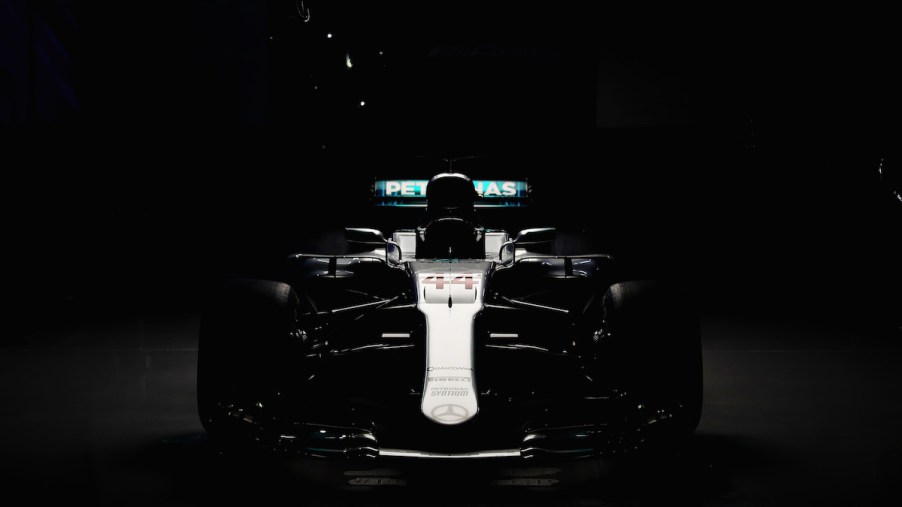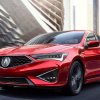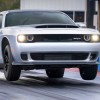
Mercedes-AMG Is Bringing This Formula 1 Technology to the Public
Formula 1 utilizes state of the art engine technology with the advent of electric turbochargers. The electric turbocharger has been in use in Formula for a few years now. However, only the prestigious race circuit has been able to experience the capabilities of the electric turbocharger, until now.
Mercedes-AMG recently announced they would feature the electric turbocharged engine in one of the upcoming hypercar models. Mercedes’ announced is a significant step for the electric turbocharger, as it has yet to be experienced by the commercial public.
How does the electric turbocharger work?
The electric turbocharger operates with an electric motor connected to a compressor and turbine wheels, according to Popular Mechanics. The electric motor then spins the turbine and compressor much faster than traditional exhaust gases achieve. The effect of electric turbocharger technology creates virtually no turbo lag. The lack of turbo lag could be a game-changer for the turbocharged engine.
What makes the electric turbocharger engine so fascinating is it can combine the response time of a small turbo engine with the sheer power of a larger one. The placement is similar to other Mercedes-AMG turbocharged engines for the electric motor is positioned directly on the shaft that connects the compressor wheels and turbine. The motor’s power source is a 48-volt electrical system. 48-volts is enough of a charge to get the compressor wheels spinning before the exhaust gases can spin the turbine.
What are the specs for the electric turbocharged engine?
Mercedes-AMG has made bold claims about its upcoming engine, indicating it will entirely remove the delayed response in traditional turbocharged engines. As for the motor itself, it is 1.6 inches wide and can keep the compressor wheels spinning even after a driver takes their foot off the throttle. If the engine keeps compressor wheels turning, there is zero waiting for the power to get back on. The goal is to boost low-end torque, which they are hoping could eventually generate its own energy.
The current Mercedes-Benz M139 engine offers a maximum of 369 lb-ft of torque and 414 hp. It is unclear at this point how the electric turbocharged engine will improve upon those numbers. Mercedes-AMG has specified that their intention for the electric turbocharged engine is not for maximum power, but maximum efficiency, response behavior, and usable speed range. The main goal is to address the limitations of traditional turbocharged engines.
How Mercedes-AMG can change commercially turbocharged engines
The electric turbocharged engine is part of Mercedes’ push to stop making gas engines. Not only are electric motors cutting out the emissions of dangerous greenhouse gases, but they are also less strenuous on the environment. Mercedes, and other large commercial car manufacturers, are turning over a new leaf in the automobile industry by incorporating electric engine technology.
There is no denying the electric turbocharger engine could be a game-changer. Electric alternatives have been in the making for years, and it is finally nice to see car manufacturers take the next step in implementing the technology. Even though Mercedes has been producing electric vehicles since 2016 with its Mercedes-Benz EQ class, electrically charged supercars are an untapped and emerging market. Likewise, there is also a void for other turbocharged vehicles that desperately needs to be filled with electric motor technology.
Although it may be a while before traditional turbocharged engines are completely replaced by their electric counterpart, Mercedes is proven once again as an innovator in car manufacturing. It will be interesting to see just how far Mercedes will push the electric turbocharging technology. And be on the lookout for other car competitors who join the ring to compete directly against Mercedes-AMG.


